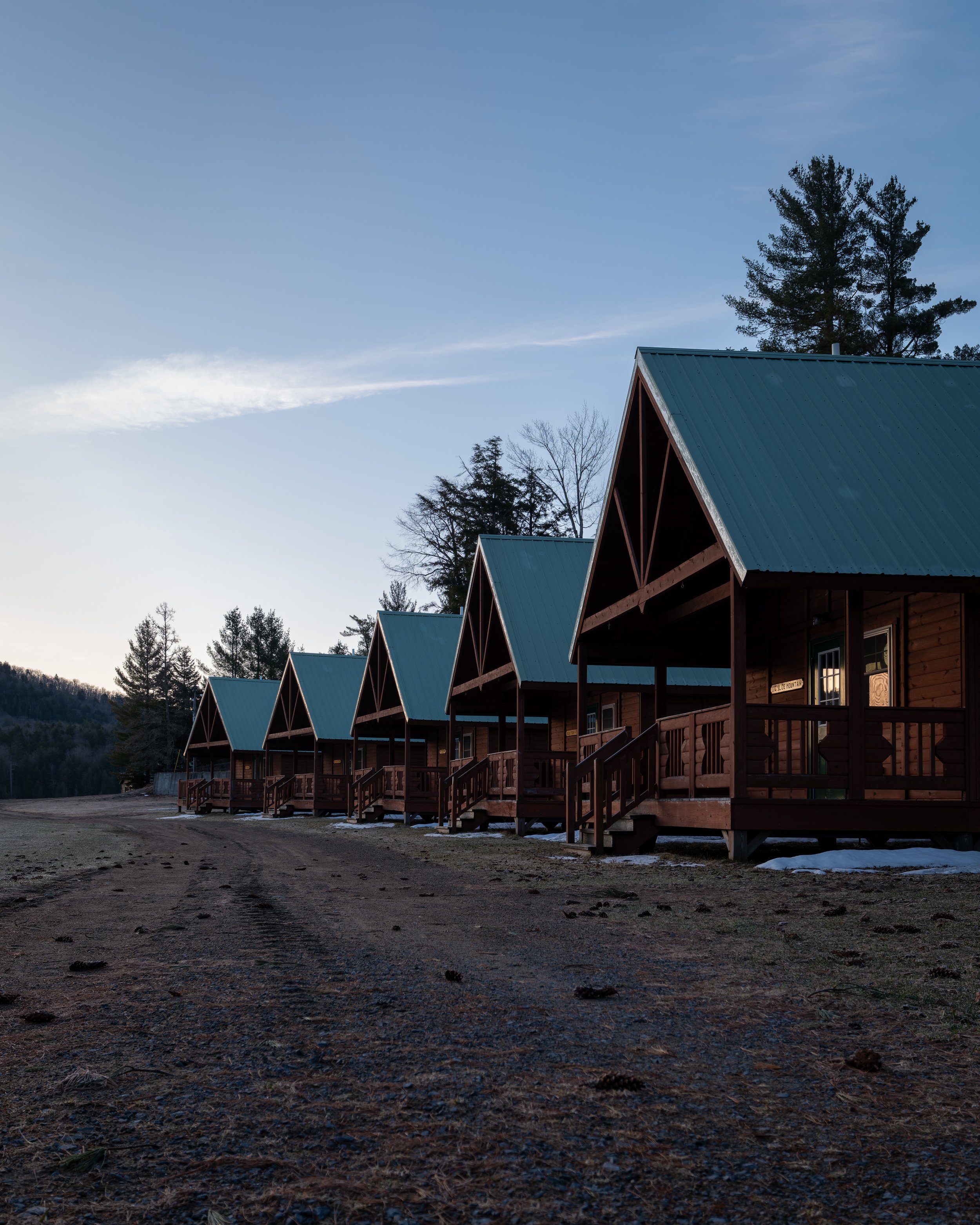Total Solar Eclipse
I was lucky to get to fly a magnetometer payload on a high-altitude balloon launched by the Devil Dragons Team, a student ballooning team at Drexel University, during the total solar eclipse on April 8, 2024. We flew this out of Camp Gorham in upstate NY, and it was a lot of fun, partly because a high school team (from SCH Academy) was also participating as one of the payload developers on this balloon flight. Lots of eager and excited students with cool science to be done!
With a 20-stop ND filter, this is what the sun looked like.
Shot on Fujifilm X-T5 w/ a 100-400mm f/4.5-5.6 + the 2x teleconverter + 20 stop ND filter.
ƒ/11 | 1/60 | 650mm | ISO125 | ND1000000
As you can see, there were a few visible sunspots. The big one in the middle is AR3628 (AR=Active Region) and the one on the left is AR3633. AR3633 has what’s called a ‘beta-gamma’ magnetic field configuration: this means that that group of sunspots has both positive and negative polarities that are very irregularly distributed. This complexity makes the region more unstable and prone to solar flares.
However, in visible light, it’s impossible to make out any other magnetic structures (prominences) on the surface of the sun because of how faint they are relative to the sun itself. You need special hydrogen-alpha filters to isolate just the right wavelength to see them….
If you want to see them without a filter, you just need to wait for a total solar eclipse…and luckily, one was just about to happen!
Shot on Fujifilm X-T5 w/ a 100-400mm f/4.5-5.6 + the 2x teleconverter.
ƒ/11 | 1/250 | 800mm | ISO800 | no filter
totality!
1) The clouds before totality. That patch of thinner clouds moved over the sun during totality.
2) Added Earth for scale. Click to enlarge.
We were super-duper lucky that right before totality, there was a tiny break in the dense cloud cover (see first image). The sun was still covered, but only by a thin layer of high-altitude clouds. It wasn’t clear enough to allow me to capture the incredibly detailed structure of the solar corona, but it certainly was enough to capture those pink prominences!
I did some pixel counting, and that solar prominence at the bottom is about 4.5-5 Earth’s tall (see 2nd image)! Incredible, isn’t it?! The 3rd image below was taken by some guy on Instagram (I can’t find it anymore sorry) using stacked 5000 photos on a 6” sct reflector scope.
3) Prominence up close. I did not take this photo!
Without clouds, you can stack many photos together at different exposures to get a super high dynamic range (HDR) photo. This allows you to see both the Moon and the incredible structure of the solar corona in a single shot. These shots below are some of the best I’ve seen and it was also taken by some guy on Instagram (diff guy this time) showing a relatively closeup shot + a very wide shot showing how awe-inspiring these helmet streamers can be.
Now that I’ve seen one, I can confirm that this xkcd is pretty accurate.
So, if you ever have a chance to see a total solar eclipse, you should 100% do it!
Here are a few other misc. shots from Camp Gorham.






